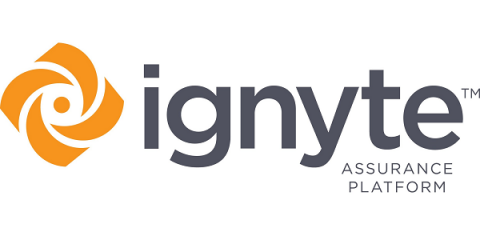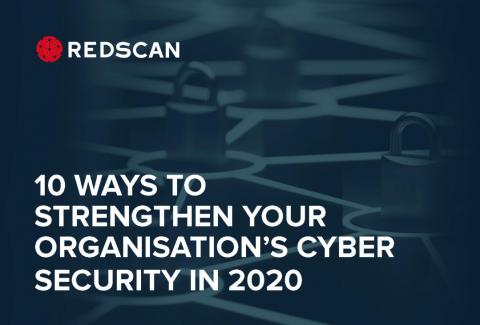Navigating ICS Security: The Value of Frameworks
Since the implementation of the General Data Protection Regulation (GDPR) on 25 May 2018, organizations and even private citizens have globally begun to re-assess what it means to ‘take security seriously’ and to better understand the massive difference between security and privacy.







